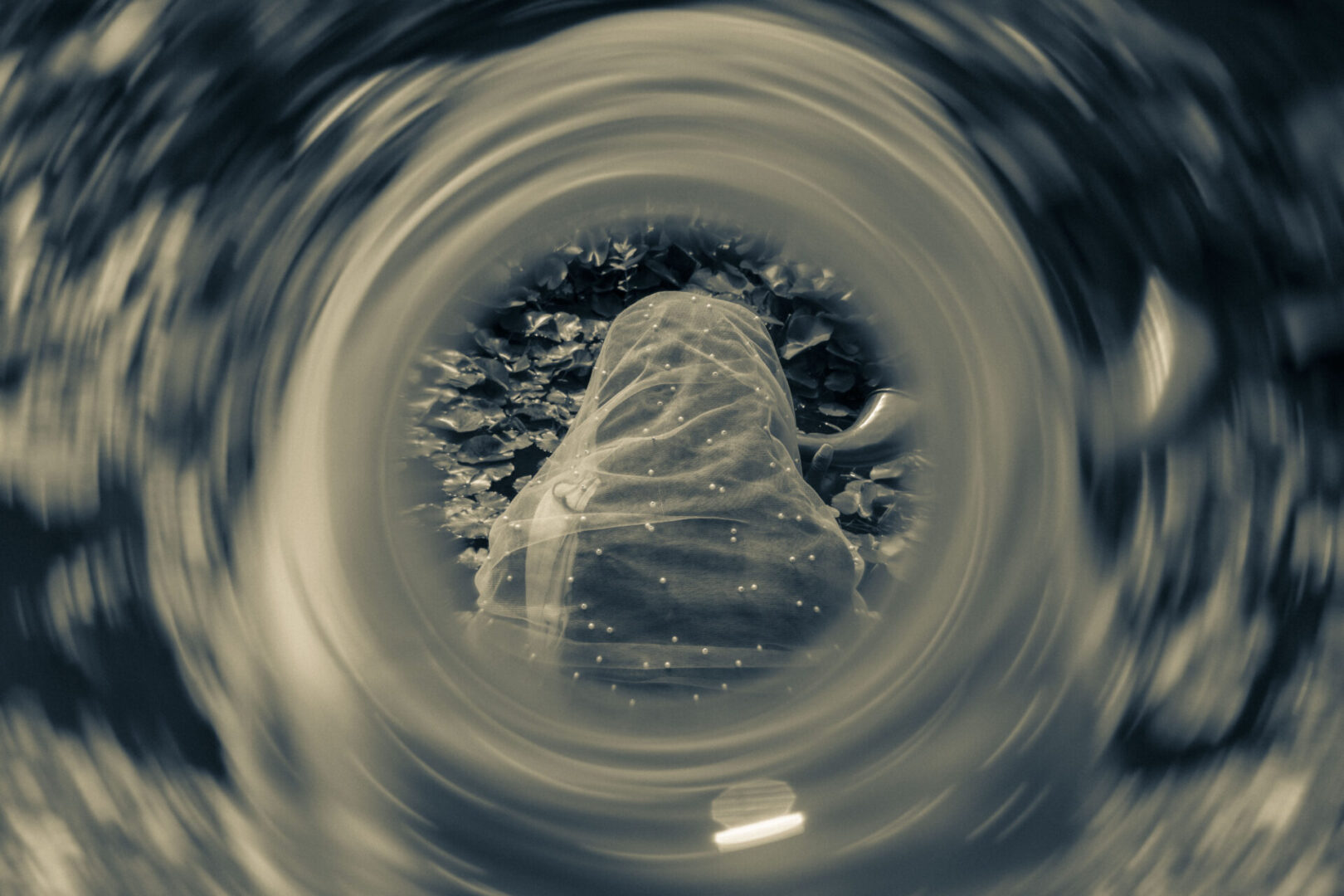Heather Agyepong is a British-Ghanaian multidisciplinary artist and actor based in London. Her practice, which has previously been shortlisted for the Aesthetica Art Prize, is concerned with mental health and wellbeing, invisibility, diaspora and truth. The artist’s latest series is inspired by Colson Whitehead’s Pulitzer Prize-winning novel, Nickel Boys and RaMell Ross’s 2024 film adaptation. The story follows Elwood, a young Black boy unjustly sentenced to Nickel Academy, where children are subject to hard labour in pursuit of reform. The harrowing tale struck a chord with Agyepong, who drew parallels between the idea of reform through relentless work, and her own place in “grind culture.” The result was From Sunrise to Sunset, a project that explores three intersecting themes: the internalised pressure to overwork; rest as a sacred, liberatory practice; and the aftermath of undiagnosed ADHD and the toll of masking. The series centres an image of a bride, who becomes a symbol for a commitment to one’s own wellbeing and care. Agyepong has one message: our value is not earned, we are worthy because we exist. From Sunrise to Sunset is now on display at New Art Exchange, Nottingham and Aesthetica spoke to the artist ahead of its opening to chat all things rest and resistance.
A: Could you tell us about your journey into the arts?
HA: My path has definitely been unconventional. Originally, I only wanted to act. I had been in various forms of actor training since I was a kid. Then, one day in 2009, I randomly picked up a camera as an outlet and completely fell in love with it. It gave me this new sense of freedom and agency that I hadn’t experienced before. Another key moment was being awarded the Kirsty MacColl scholarship to study a MA in Photography at Goldsmiths College. This gave me a brilliant therapeutic framework to conceptualise the ideas around performance and representation that I had thought about in my undergraduate degree in Psychology. From then on, I followed any organisation that resonated with the themes I was exploring and applied to every competition and emerging artist call. My first exhibition at Autograph ABP, Too Many Blackamoors, miraculously started to sell and that foundation has allowed me to do this art thing full time.
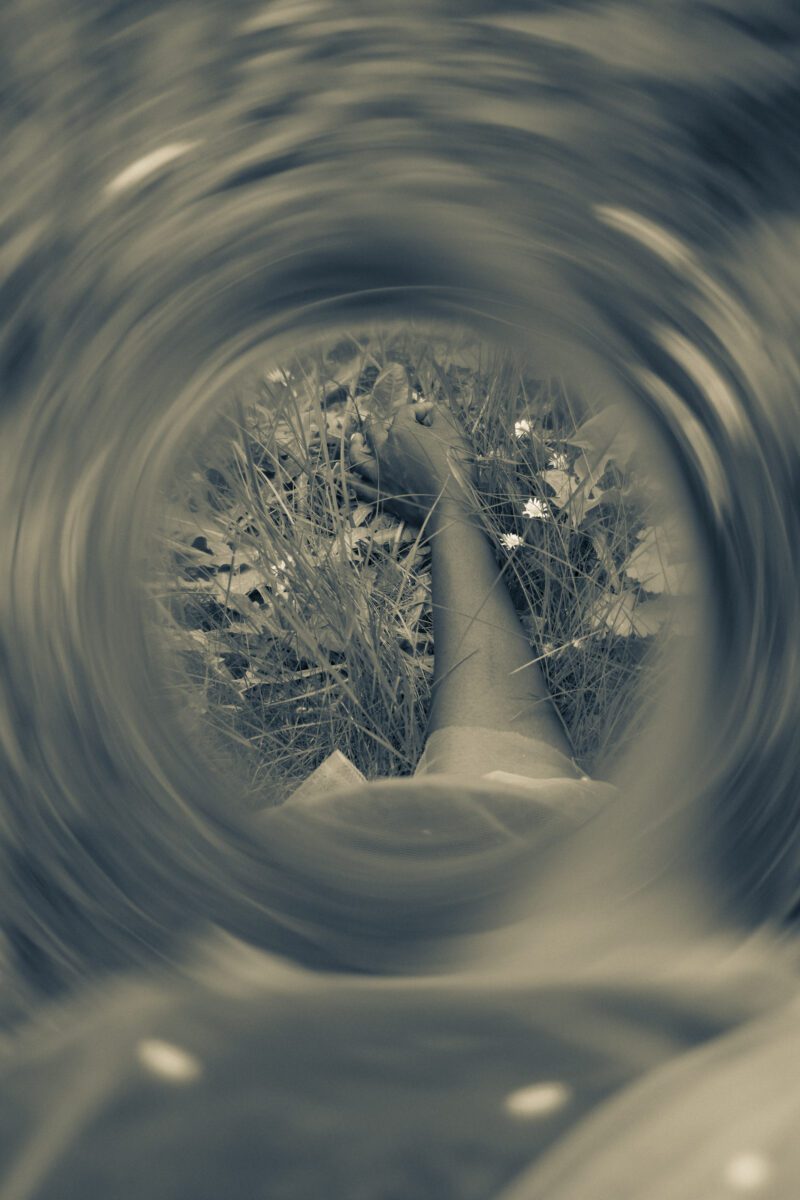
A: Your work is inspired by Colson Whitehead’s Pulitzer Prize-winning Nickel Boys, and RaMell Ross’s 2024 film adaptation. What was it about this story that resonated with you so deeply?
HA: I remember so many friends telling me to send them a voice note after I watched the film. It was as if they knew it would affect and yes, it ruined me in a really wonderful way. The film and book are essentially based on a real-life reformatory school that treated young Black students – who had been convicted of minor crimes, both with and without evidence – as slaves. The school promised them freedom if they worked hard enough. I remember going back to Colston’s book and ruminating on the phrase “he works to reform himself from sunrise to sunset,” knowing full well that the character, Elwood, did not need reforming. It broke my heart because it really echoed how I was feeling. I was going through a severe case of burnout, yet couldn’t stop thinking about work. I kept imagining that if I stopped, my momentum would fade – essentially buying into what Tricia Hersey in Rest is Resistance calls “Grind Culture.”
A: Tell us about how this project positions rest as an act of resistance.
HA: What I’m really resisting is my own destruction, whether that be mental, physical or emotional erosion from overwork in the guise of success. That is not a judgement on anyone else’s practice but my own. Working myself into the ground just isn’t healthy. I used to think that was such a privileged thing to say, so I just ignored it and beat myself up for even considering rest. This project was born from that moment where I began to think: “hmm maybe that’s a trap, believing that I’m not deserving of rest.”
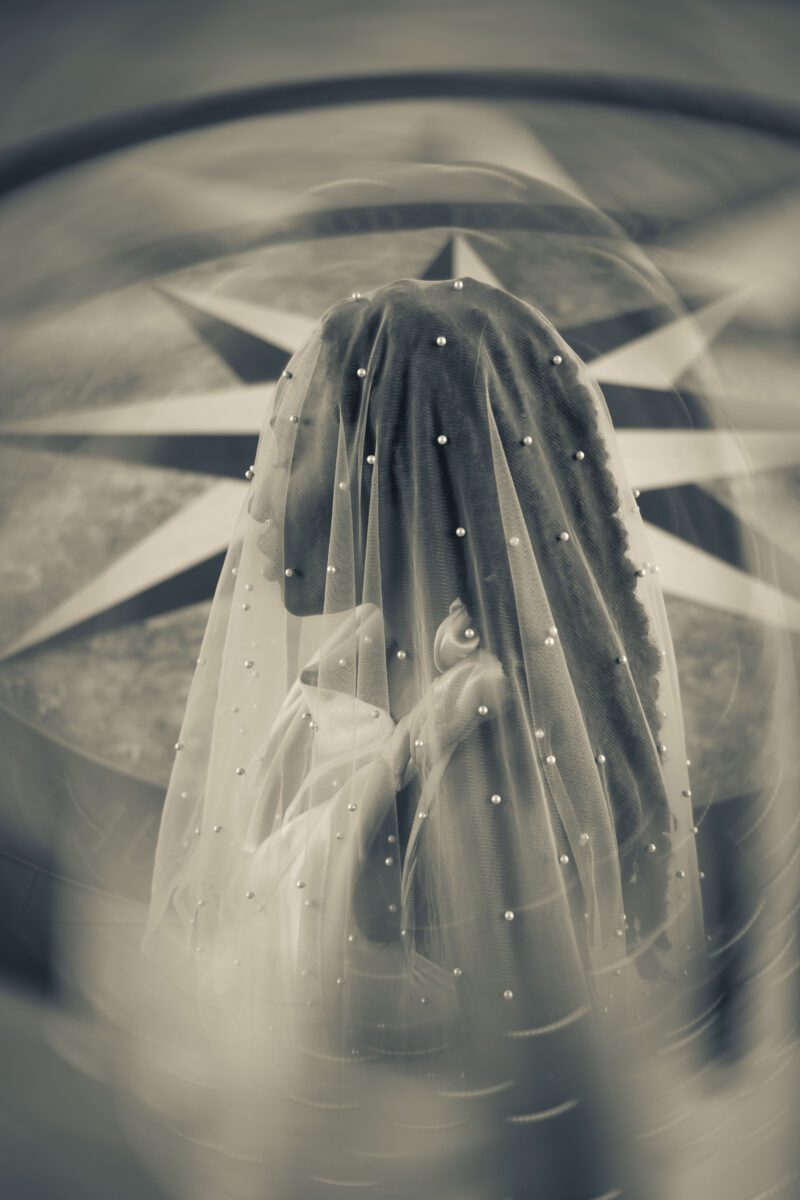
A: You draw upon being diagnosed with ADHD, and how going without a diagnosis for several years shaped your identity. How did this shape your approach to both life and art-making?
HA: I lived for years without an ADHD diagnosis, which meant existing in a constant state of overcompensation, so I learned to “perform wellness” through relentless productivity. My sense of self became deeply tied to how much I could do, produce and perfect. After receiving my diagnosis, I began to see how much of my identity had been shaped by high-functioning survival. I had mistaken exhaustion for strength. This understanding has completely reshaped how I approach both life and art-making. I now work to create from a place of awareness and care, rather than pressure and depletion. My practice has become about slowing down, honouring my limits and allowing tenderness to guide my creative process.
A: What does the image of the bride signify?
HA: It represents self-marriage and a devotion to my own wellbeing. She isn’t a figure conforming to societal expectations or aspiring to perfection. Instead, the bride embodies the idea of being betrothed to oneself, of choosing to honour rest, stillness and self-compassion as sacred acts. In this way, she becomes a symbol of inherent worth and a reminder that value isn’t something we earn through our professional output and struggles, but something we already hold simply by existing.
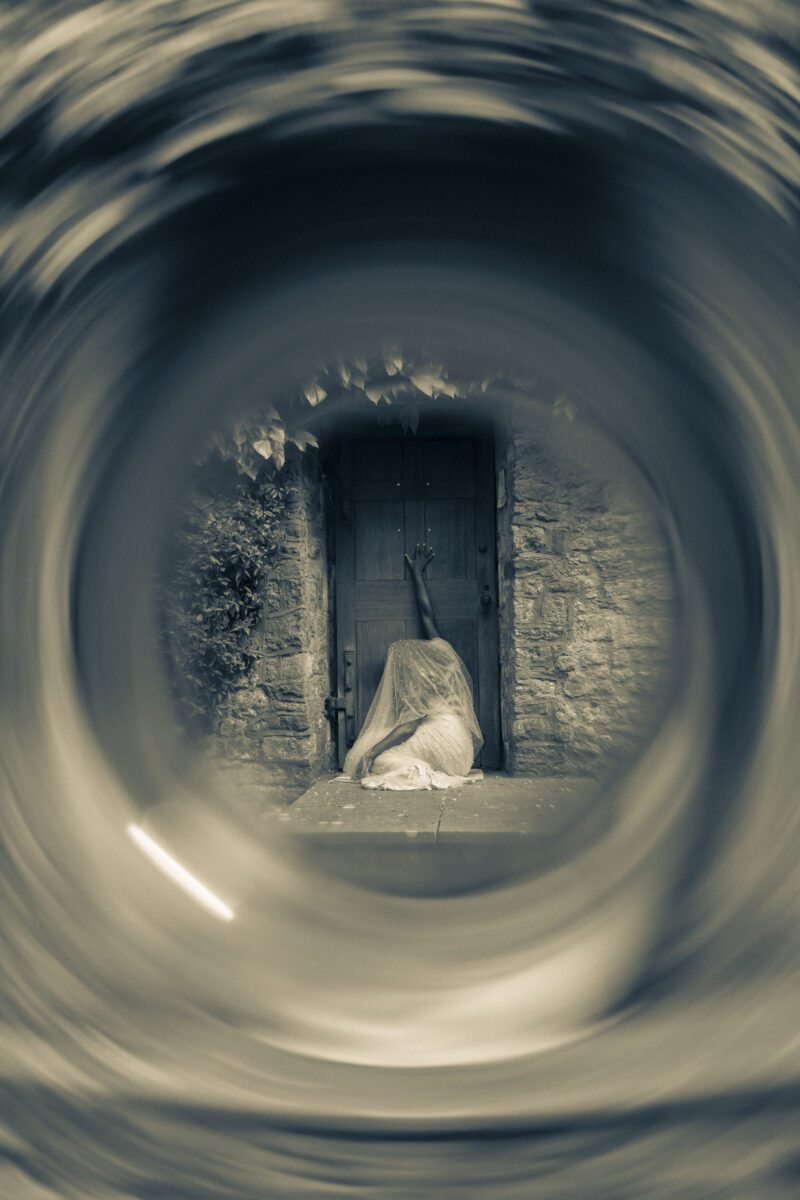
A: Your work questions the capitalist and colonialist idea that our worth is based on productivity. How do you navigate the tension between creating in a demanding art world and advocating for slowness?
HA: I live within that tension every day. The art world, like many systems, often rewards constant output and visibility, which mirrors the capitalist and colonialist ideals I’m critiquing. The act of choosing rest is personal and political. It’s a refusal to be defined by productivity. I try to approach creation as cyclical rather than linear, letting periods of quiet and stillness be as essential to my practice as those of making. That way, rest becomes part of the creative process, not a pause from it. It becomes an intentional act, not a necessity born of burnout. By embracing that slowness, I remind myself – and hopefully others – that imagination, softness and care are radical forms of resistance in a culture that measures worth by doing.
A: Do you think a balance between rest and work can be found and maintained in contemporary society?
HA: I think it is possible, but it requires constant awareness and active resistance. I see rest and work as companions that can support each other. To maintain that equilibrium, you need to unlearn deeply held beliefs about value and productivity. That’s why for me, rest has become self-preservation. In a society that glorifies overwork, small acts of stopping, like breathing, daydreaming, and saying no, feel radical.
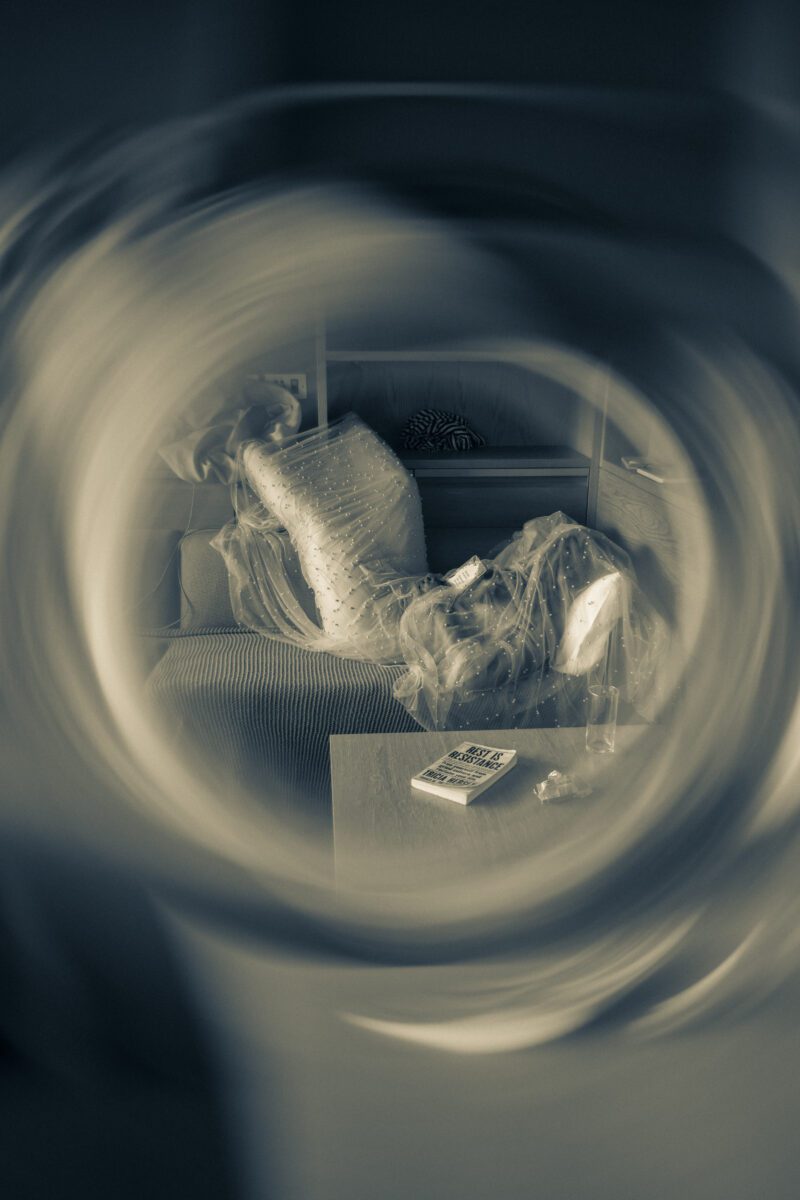
A: Who, or what, are you biggest creative inspirations?
HA: My faith practice. My relationship with God has been the only true anchor for me.
A: Can you tell us about some of your other artworks?
HA: Some of the titles are phrases I’ve spoken myself, and only later realised how toxic and harmful they have been. Some are quiet prayers, and others are deep frustrations, but all of them are depicting my struggle for rest. It’s a messy process, and I hope they demonstrate that. Two images are references to films. One image is called Elwood, referencing the film still from RaMell Ross’s Nickel Boys, which inspired the title of the series. At that moment, Elwood is lying down on the grass, playing and relaxing. It struck me how I hardly ever find the time or value in such an activity. I’m trying to get back to that, even for a moment.
A: What do you hope audiences take away from viewing the work?
HA: I hope the audience can ask themselves questions about their relationship to rest. For example, do I need to do something to feel enough, or good about myself? Do I normalise overwork even if it’s at the expense of peace? If not, then celebrate that. If it is, then maybe their journey starts now.
Heather Agyepong – From Sunrise to Sunset, She Worked to Reform Herself: Part 1 is at New Art Exchange, Nottingham until 24 January: nae.org.uk
Words: Emma Jacob & Heather Agyepong
Image Credits:
All images courtesy of Heather Agyepong.


